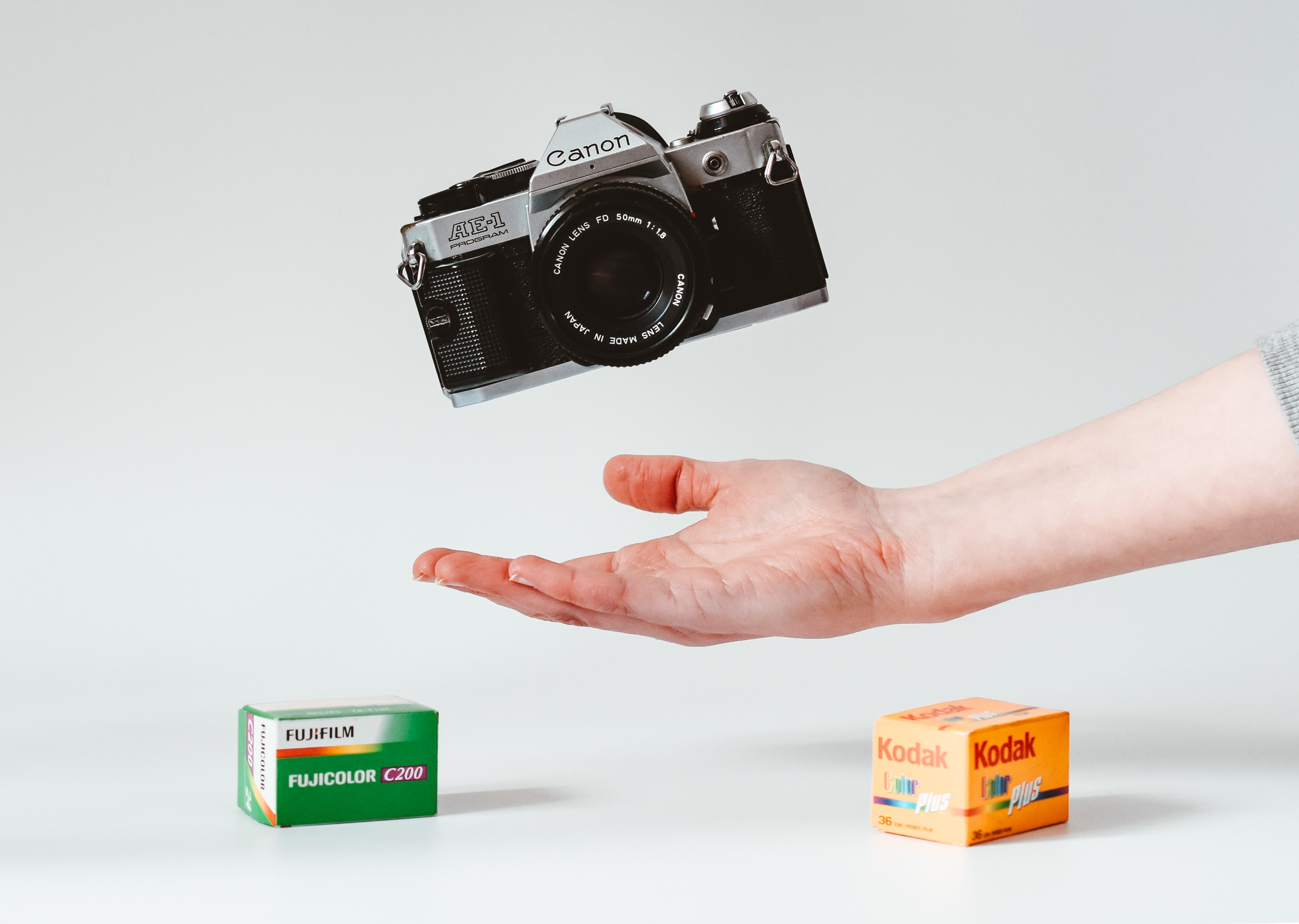The first step in understanding the 3 kings of photography: ISO, Aperture and Shutter Speed – The Exposure Triangle
If you are looking to venture out of “Auto” mode and start experimenting with your camera’s manual settings you will need a solid understanding of the “Exposure Triangle” – don’t worry, it’s far less complicating than it looks. The Exposure Triangle consists of 3 very important elements – ISO, Aperture and Shutter Speed. What’s really important to remember is that these 3 elements work together, changing one of the elements will have an effect on the 2 others. This is how it works…
What each element means:
Aperture – Basically it’s the size of the hole (or opening) in your lens when you take a picture. The bigger the hole, the more light passes through to the sensor. This is also what controls the depth of field in your picture. Aperture is typically expressed in “f” numbers, for example: f/1.4, f/2.0, f/2.8, f/4.0, f/5.6, f/8.0.
ISO – This is the measure of your camera sensor’s sensitivity to light. With a lower number, for example 100 you will have less sensitivity to light. With a higher number, for example 1600 you will have more sensitivity to light. It’s important to remember that higher numbers can cause grain or noise in your image.
Shutter Speed – In short, shutter speed controls how long your shutter stays open. In other words how much light comes through to the sensor. The longer the time, the more light will hit the surface. Shutter speed also controls motion, so if you want to freeze motion you will have a faster shutter speed. If you wanted to get movement in your image you will have a slower shutter speed. Shutter speeds are expressed in a fraction of a second 1/15 (1/15th of a second), 1/30, 1/60, 1/125.
How do the three elements work together?
In the video below Deon explains how the 3 elements work together, to finally give you the perfect exposure.
Understanding Aperture
Understanding Shutter Speed
If you’d like to see more videos like this you can subscribe to OrmsTV, we have a whole lot of interesting stuff coming up. As always we love hearing from you, so please feel free to let us know what you think in the comment section below!
Other popular posts you might like:
Natural Light Photography Tips: Frontlight vs Backlight
9 Photography Composition Tips
Quick Tip: How To Get a Relaxed Portrait
Outdoor Photography Tips by Corey Rich
10 Questions Answered about Camera Settings










Hi Deon thank you for sharing exposure triangle.I have a problem when shooting white wedding dresses most of the time I cannot get the details on the dress will u pls help thanks Ronnie